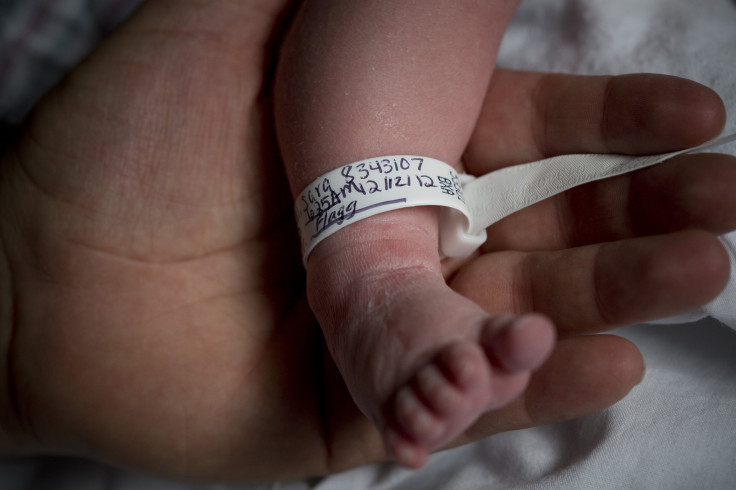US Birth Rate Continues Decline: Lower Rates For Teens And Unmarried Moms Contribute To Trend

The trend in declining birth rates continues, says the Centers for Disease Control and Prevention.
The 3,932,181 births registered in the United States during 2013 represents a general fertility rate of 62.5 per 1,000 women, an overall decline of less than one percent from 2012. Generally, the national fertility rate has been declining since the baby boom of the 1950s, and, beginning in 1972, the fertility rate has been under 70 births per 1,000 women.
The Vital Statistics report offered good news in many quarters. The teen birth rate, for example, fell a substantial 10 percent to 26.5 per 1,000 girls between the ages of 15 and 19. Similarly, births to unmarried women decreased during 2013 compared to 2012. And while the low birthweight rate remained unchanged at nearly eight percent, the preterm birth rate declined for the seventh straight year to just over 11 percent. Additionally, the triplet and higher-order multiple birth rate dropped four percent to 119.5 per 100,000 total births.
Despite these wins, the report also revealed cause for concern. Notably, women in their 20s faced declining rates, while most age groups over 30 experienced an increased rate.
Younger Women
“Although birth rates in the United States had been fairly stable for more than three decades, beginning in 2008 they began to fall, especially for women in their 20s,” wrote the authors of a recent Urban Institute report with similar findings. This decline was apparent across races and ethnicities. “One plausible explanation for this fertility decline is the Great Recession of 2007-09 and its painfully slow recovery, which was even slower for young adults,” added the authors.
As a point of comparison, the fertility rate was 76.3 per 1,000 in 1933, during the Great Depression. The authors of the Urban Institute report speculate the Millennial generation may catch up on childbearing in their 30s.
Additionally, the Vital Statistics report notes a rise in the twin birth rate by two percentage points to 33.7 per 1,000 births. While lower than the number of twins reported during the peak years of 2005–2010, the figure remains a concern to public health officials since infants born as twins face higher risks of adverse birth outcomes compared to single born infants. In fact, twins are less likely to survive the first year of life than their single counterparts.
Three outlying states reported a rise in births between 2012 and 2013: Florida, North Dakota, and Texas. And, though rates remained stable in 35 states and D.C., 12 states, including many of the most populous, showed declines: Arizona, California, Georgia, Idaho, Illinois, Kansas, Maryland, New Jersey, New Mexico, New York, Pennsylvania, and Washington.



























